It is tricky to connect lithium batteries of different amp hours, but possible with the right precautions and techniques. Whether custom battery banks are meant for off-grid solar, RV, or energy storage, there are some fine points one must know when connecting batteries. Let's see the key considerations, methods, and best practices that would add safety and efficiency in installation.
What is Amp Hours (Ah) and Why Do They Mean Something?
Amp Hours (Ah) is a measure of the battery capacity-how long it could apply a certain level of current. For example:
- A 100Ah battery will supply 100 amps for 1 hour or 10 amps for 10 hours.
- Mixing batteries with different Ah will let you customize your energy storage system, but this requires careful planning.
Do you want to connect lithium batteries with amps?
Yes, but here are the problems:
- Uneven usage and A higher discharge rate usually higher Ah batteries are so slow discharging thus lending to an even discharge.
- Wear and tear Fast: The smaller batteries tend to wear down faster due to the overdriving.
- Risk of Damage: Bad connections could lead to overheating or even low efficiency and at times failure of the whole system.
Connection Types: Parallel vs Series
In such a way all the positive terminals of batteries are connected up to create shared connection while all the negative terminals are united as one. This adds individual capacity in Ah to the series without adding on the voltages.
- Use Case: Extend runtime for 12V systems.
- Example: Connecting a 100Ah and a 200Ah battery in parallel gives a total of 300Ah at 12V.
Series Connection: Increasing Voltage
In series, the positive of one battery is connected to the negative of another, the voltage increases but the capacity remains the same.
- Use Case: Systems requiring higher voltage, such as 24V or 48V setups.
- Example: Connecting two 12V 100Ah batteries in series creates a 24V 100Ah system.
Pro Tip: For batteries with different Ah ratings, parallel connections are generally safer and more practical.
Steps to Connect Batteries with Different Amp Hours
1. Match the Voltage
The voltage of all batteries has to match, like 12V. Mixing different voltages will result in an awkward energy balance; one battery would get damaged or may be dangerous after connection.
2. Balance the Charge
Charge all the batteries before connection to give them equal voltage to avoid their uneven charging and discharging cycles.
3. Choose the Right Connection Type
- Increase capacity: Parallel connection.
- To increase voltage: Never mix Ah ratings in series unless absolutely essential.
4. Use a Battery Management System (BMS)
It basically takes care of monitoring and controlling charging and discharging cycles so that batteries remain balanced. It assumes a high importance with lithium batteries having different capacities.
5. Test and Monitor
Once you have made the connection use a multimeter to measure the system voltage and check joint connections to see that all are well connected. Regular readings can also be taken for signs of overheating or drop in voltage.
Advantages and Disadvantages of Connecting Different Ah Batteries
Advantages
- Flexibility Use existing batteries without having to purchase new batteries.
- Cost Avoid purchase of similar batteries for small additions.
- Custom Configurations Tailoring your system for specific energy needs.
Disadvantages
- Uneven Wear: Smaller batteries may degrade faster.
- Efficiency Loss: Imbalances can reduce overall system performance.
- Complexity: Requires more planning, tools, and maintenance.
Safety Tips for Connecting Lithium Batteries
Do Not Use New with Old Batteries
Old batteries lose efficiency over the years and reduce the life of the system.
Monitor Temperature
If lithium batteries are connected wrong, they can overheat, so temperatures should be checked.
Use Proper Cables
Thicker wires decrease resistance as well as heat formation, thus safer connections.
Stick to Similar Chemistry
Always match battery chemistry (for example LiFePO4 or NMC); mixing chemistries will create dangerous chemical reactions.
Tools You’ll Need
- Multimeter is to test the voltage and qualify proper connections.
- High Quality Cables Handle current without heating.
- Battery Management System bms Balanced charging and discharging.
- Insulated Tools Accidental shorts on circuits are out.
Real-World Example
A camper van owner needed to mix the two to create a 12V, 100Ah lithium battery with a 12V, 200Ah battery for a longer time off-grid. They charged them full so that both showed 12.6V. They later connected them parallel - positive terminals positive terminals and negative terminals negative terminals. Then they added a BMS which will manage this overcharging. They checked it with a multi-meter and powered appliances double the time without hassle.
What was learned: All it took was preparation with proper tools to make this mixed battery a successful, reliable setup.
FAQs Regarding the Connection of Lithium Batteries
1. Can different brands of lithium batteries be connected?
Yes, but ensure that their voltages and chemistry are the same. Differences in quality and performance can still impact efficiency of the system.
2. What happens if you connect batteries with differing voltages?
The higher-voltage battery will try to charge the lower-voltage one, resulting in overheating and the possibility of damage.
3. Is a BMS necessary?
Absolutely. In a mixed-capacity setup, A BMS prevents the batteries from being charged and discharged unbalanced.
Final Thoughts
Connecting lithium batteries of different amp hours is feasible; however, it requires planning and scrutiny. You will keep a perfect battery bank matching your needs by matching the voltages, balancing the charges, and securing a BMS for safety.

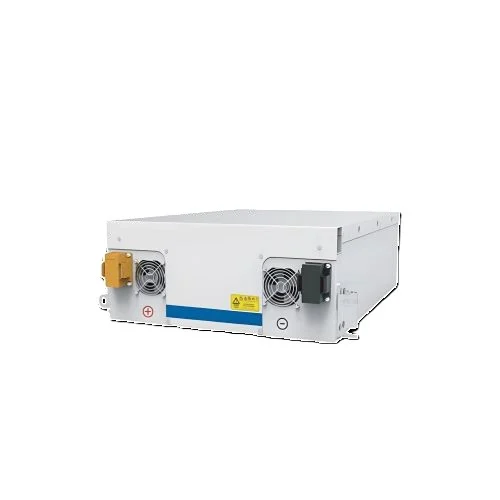
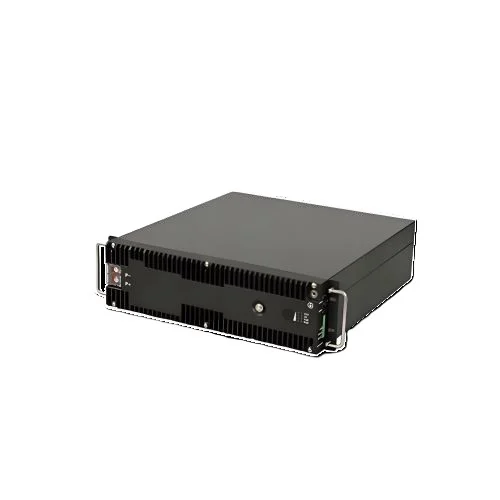
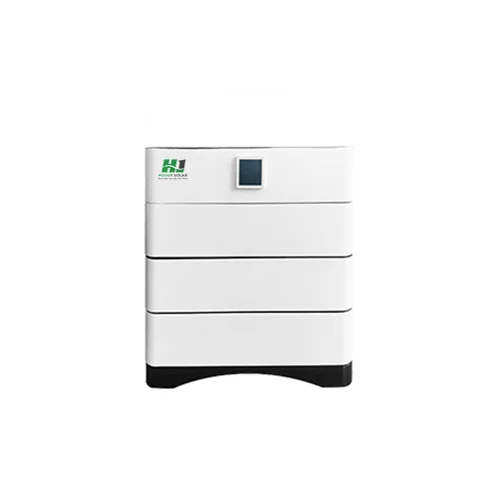
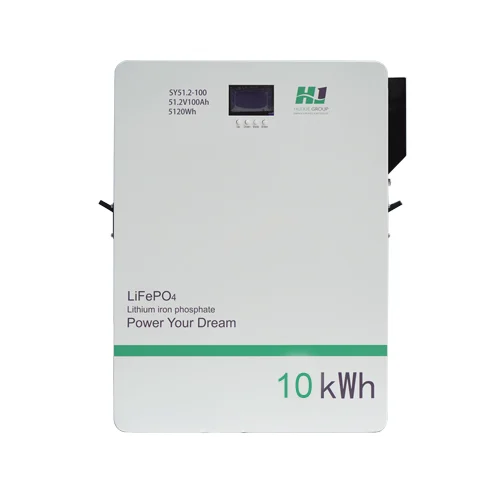
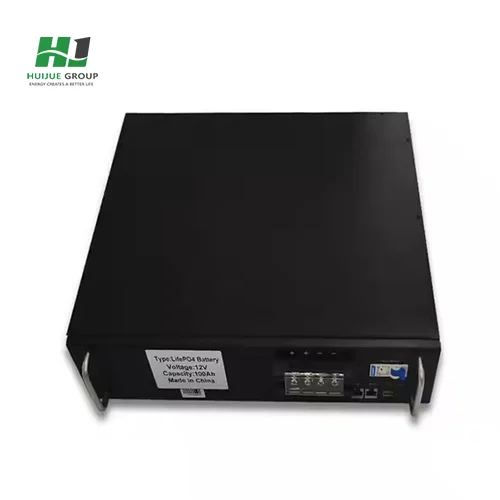
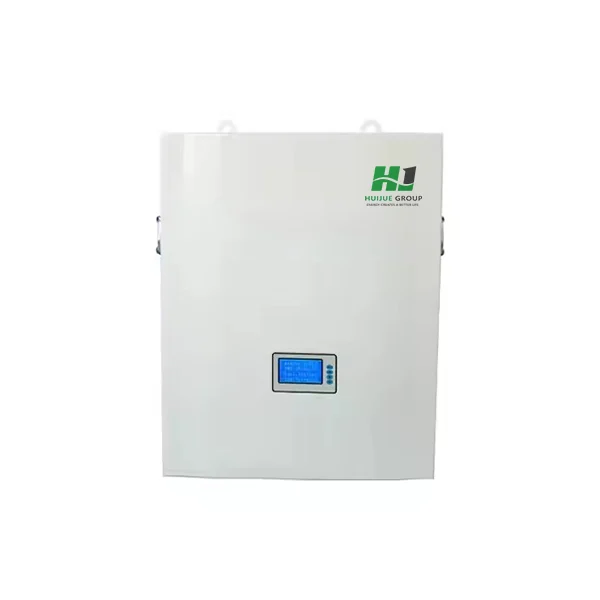
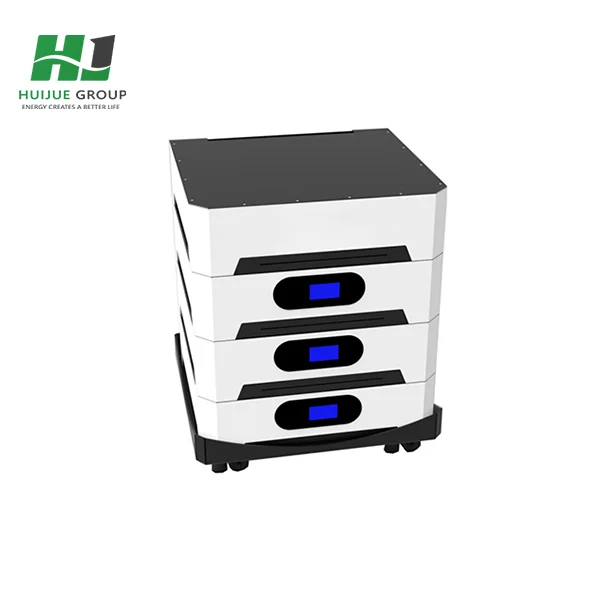
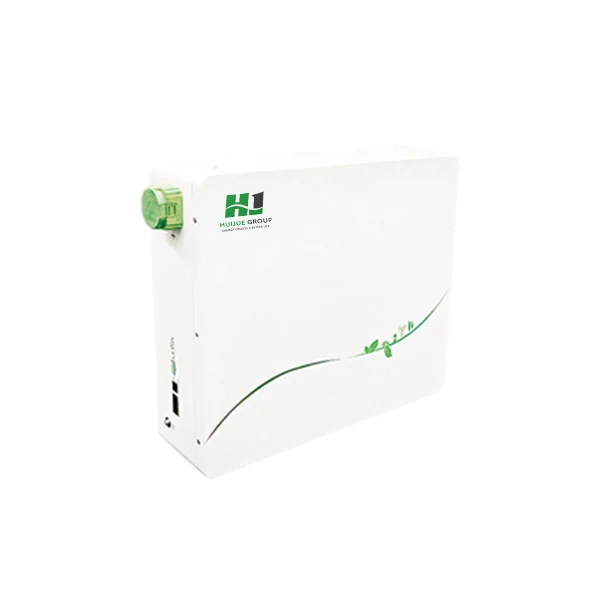
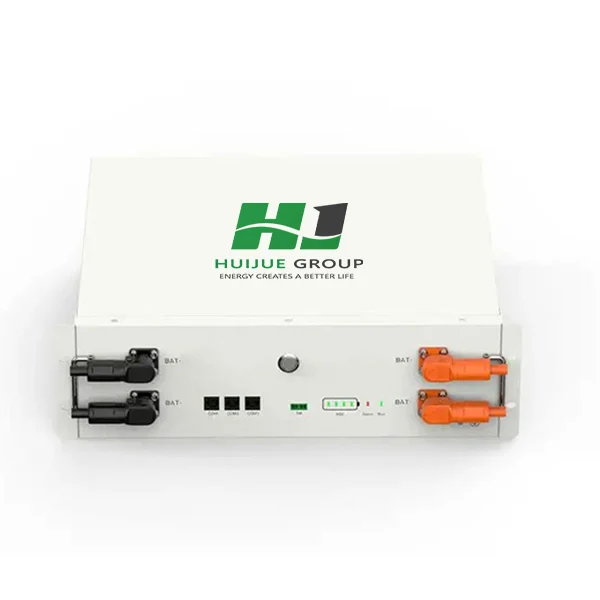
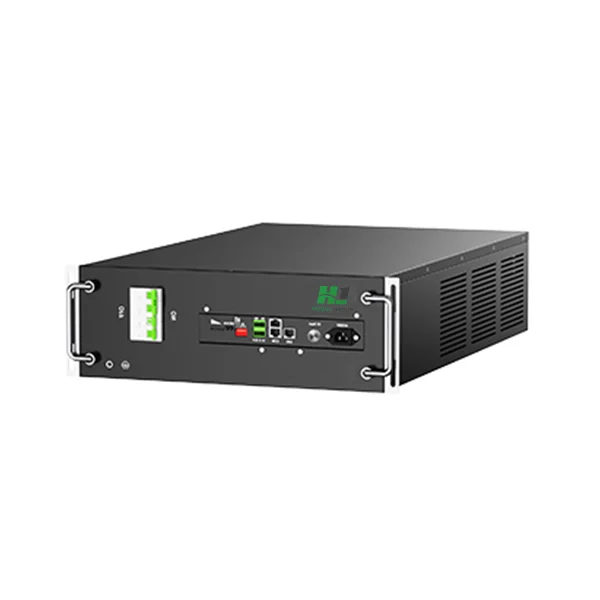




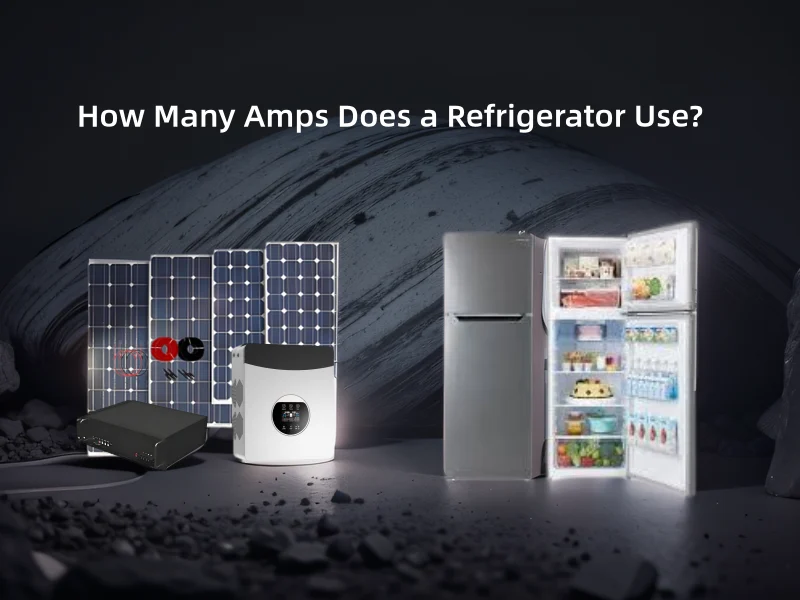
 Afrikaans
Afrikaans Albanian
Albanian Amharic
Amharic Arabic
Arabic Armenian
Armenian Azerbaijani
Azerbaijani Basque
Basque Belarusian
Belarusian Bengali
Bengali Bosnian
Bosnian Bulgarian
Bulgarian Catalan
Catalan Cebuano
Cebuano Chichewa
Chichewa Chinese (Simplified)
Chinese (Simplified) Chinese (Traditional)
Chinese (Traditional) Corsican
Corsican Croatian
Croatian Czech
Czech Danish
Danish Dutch
Dutch English
English Esperanto
Esperanto Estonian
Estonian Filipino
Filipino Finnish
Finnish French
French Frisian
Frisian Galician
Galician Georgian
Georgian German
German Greek
Greek Gujarati
Gujarati Haitian Creole
Haitian Creole Hausa
Hausa Hawaiian
Hawaiian Hebrew
Hebrew Hindi
Hindi Hmong
Hmong Hungarian
Hungarian Icelandic
Icelandic Igbo
Igbo Indonesian
Indonesian Irish
Irish Italian
Italian Japanese
Japanese Javanese
Javanese Kannada
Kannada Kazakh
Kazakh Khmer
Khmer Korean
Korean Kurdish (Kurmanji)
Kurdish (Kurmanji) Kyrgyz
Kyrgyz Lao
Lao Latin
Latin Latvian
Latvian Lithuanian
Lithuanian Luxembourgish
Luxembourgish Macedonian
Macedonian Malagasy
Malagasy Malay
Malay Malayalam
Malayalam Maltese
Maltese Maori
Maori Marathi
Marathi Mongolian
Mongolian Myanmar (Burmese)
Myanmar (Burmese) Nepali
Nepali Norwegian
Norwegian Pashto
Pashto Persian
Persian Polish
Polish Portuguese
Portuguese Punjabi
Punjabi Romanian
Romanian Russian
Russian Samoan
Samoan Scottish Gaelic
Scottish Gaelic Serbian
Serbian Sesotho
Sesotho Shona
Shona Sindhi
Sindhi Sinhala
Sinhala Slovak
Slovak Slovenian
Slovenian Somali
Somali Spanish
Spanish Sundanese
Sundanese Swahili
Swahili Swedish
Swedish Tajik
Tajik Tamil
Tamil Telugu
Telugu Thai
Thai Turkish
Turkish Ukrainian
Ukrainian Urdu
Urdu Uzbek
Uzbek Vietnamese
Vietnamese Welsh
Welsh Xhosa
Xhosa Yiddish
Yiddish Yoruba
Yoruba Zulu
Zulu